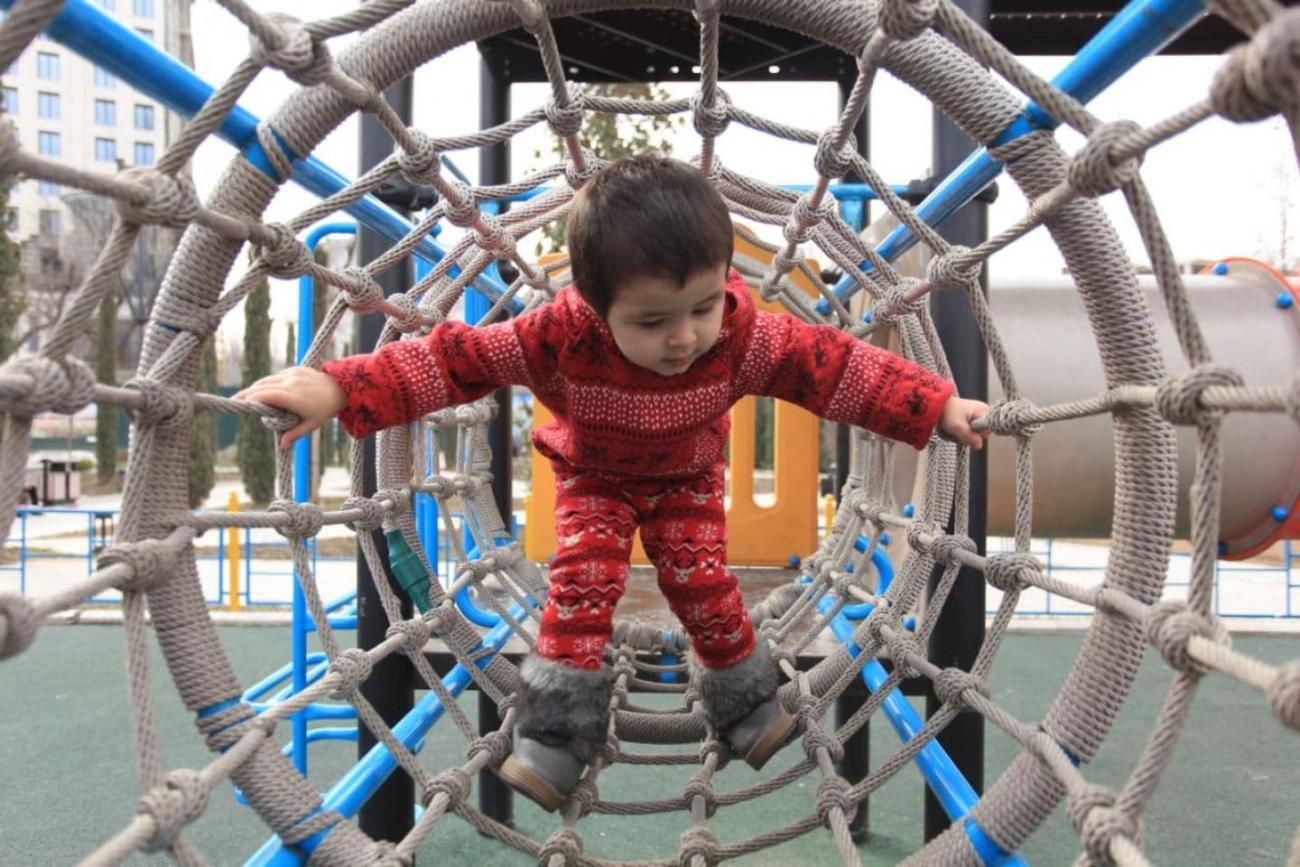Getting outdoors is a favourite pastime of adults and children alike. But with the continuing COVID-19 pandemic, parents are faced with navigating how to enjoy being outside while protecting their family’s health. Consider this your “cheat sheet” for safer outdoor fun!
Can COVID-19 spread outdoors?
Unfortunately, yes. COVID-19 can spread anywhere where you may come into close contact with an infected person. Remember, the virus spreads mainly via respiratory droplets that are released from an infected person through coughing, sneezing, talking or singing – which then get into the mouth, nose or eyes of people who are nearby. Short-range airborne (or aerosol) transmission may also be possible, particularly in poorly ventilated, crowded indoor places. People may also become infected by touching their mouth, nose or eyes, after touching surfaces contaminated with the virus.
Based on this and what we know about the virus, the risk of transmission is considered much lower outdoors compared to enclosed indoor spaces, but what is also important are the precautions people are taking – keeping at least one metre away from each other, wearing a fabric mask near others, frequently washing hands and self-checking for any COVID-19 symptoms before going out.
How can my family safely spend time outside together?
Staying physically active is one of the best ways every member of the family can keep their minds and bodies healthy. By taking some key steps, you can help your family minimize the risk of exposure to the COVID-19 virus.
- When planning outings, try to avoid peak times and crowded settings and take routes that are less congested wherever possible.
- Consider packing a hand sanitizer with at least 60 per cent alcohol, disinfecting wipes, tissues, extra fabric masks and a resealable bag to store the mask while not in use (e.g. while eating or drinking).
- Before leaving the house, check to make sure all family members feel well and are symptom-free.
- Remind each other to follow key precautions while outside, such as staying at least one metre away from others, wearing a fabric mask when close to people outside your household, not touching your face (eyes, nose, mouth) or the mask surface, and frequently washing or sanitizing your hands.
- If you decide to eat outside, bring your own food and utensils. If this is not possible, choose the safest food option, such as take-out rather than eating indoors. Don’t forget to wash or sanitize your hands before eating.
- Once you come home, make sure to first wash your hands with soap and water for at least 20 seconds.
Is it safe for our family to spend time in a small group of close friends? How do you decide whether or not someone is safe to spend time with?
Every family has to take decisions based on their own situation. Here are some key factors to consider:
- Keep updated on the level of COVID-19 transmission in your local community. In general, the higher the rate of transmission, the higher the risk of potential exposure in public settings.
- If you live with people who have an increased risk for severe illness from COVID-19 (older family members, grandparents, family members with underlying medical conditions), the whole family should take extra precautions to protect them. This may include limiting your children’s contact with other people (including playdates), or if this is difficult (such as when children return to school), keeping your child apart from those family members wherever possible.
- For any in-person socializing, it is best to keep it outdoors and keep it short. Keep the group very small with the same family member or friend who you are confident also practices everyday preventive measures.
Communicate your decision to your child and take time to explain why you made that decision – and why it matters. Whatever your decision may be, it’s important to keep an open line of communication with your child. Encourage them to share any concerns and be honest if they didn’t follow the rules. This is important especially for older children and adolescents, who may be more prone to taking risks or feeling peer pressure to socialize. Try to guide and redirect them with science (what we know, what we don’t know), and with empathy and compassion.
Is it safe to use a public toilet?
Encourage your family to use the toilet before leaving your home and try to minimize using public ones, as you don’t know how crowded they may be. If you need to use a public restroom, keep a distance of at least 1 metre from others, wear a mask and wash your hands with soap and water immediately afterwards. If soap and water are not available, use a hand sanitizer that contains at least 60 per cent alcohol.
Is it safe for my child to go swimming (both indoors and outdoors)?
There is currently no evidence that the COVID-19 virus can spread through natural bodies of water or recreational waters such as pools. If you are considering going swimming with your family, first check the latest guidelines from your local authorities, which may vary depending on the local level of disease transmission. If pools and beaches are allowed to be open, here are some things to consider:
- Location: How safe the swimming area is will also depend on if there is crowding, and the actions of the people who are there.
- Timing: Select a time when it is likely to be least crowded.
- Your children’s age: Will they be able to maintain physical distancing?
- Prevention measures: Check to see if the swim area has measures in place to prevent the spread of the virus and other health hazards, such as steps to avoid crowding, cleaning and disinfection, ventilation if indoors and safe water systems.
If you decide to go swimming, leave early if it starts to get crowded, minimize any time spent in enclosed spaces such as locker rooms, avoid eating in the swim area and supervise your child at all times.






